Consumer buying behavior is a complex and dynamic process that influences how individuals make purchasing decisions. Understanding the different types of buying behavior helps businesses tailor their marketing strategies and develop effective approaches to engage and influence consumers. Explore the various types of consumer buying behavior with the real life examples to illustrate each.
Delving into the distinct ways consumers approach placing a purchase, can give you insights into consumer motivations, decision-making processes, and preferences. This knowledge allows companies to anticipate consumer needs, align their products or services accordingly, and create compelling experiences that resonate with their target audience.
5 Basic Types of Consumer Buying Behavior
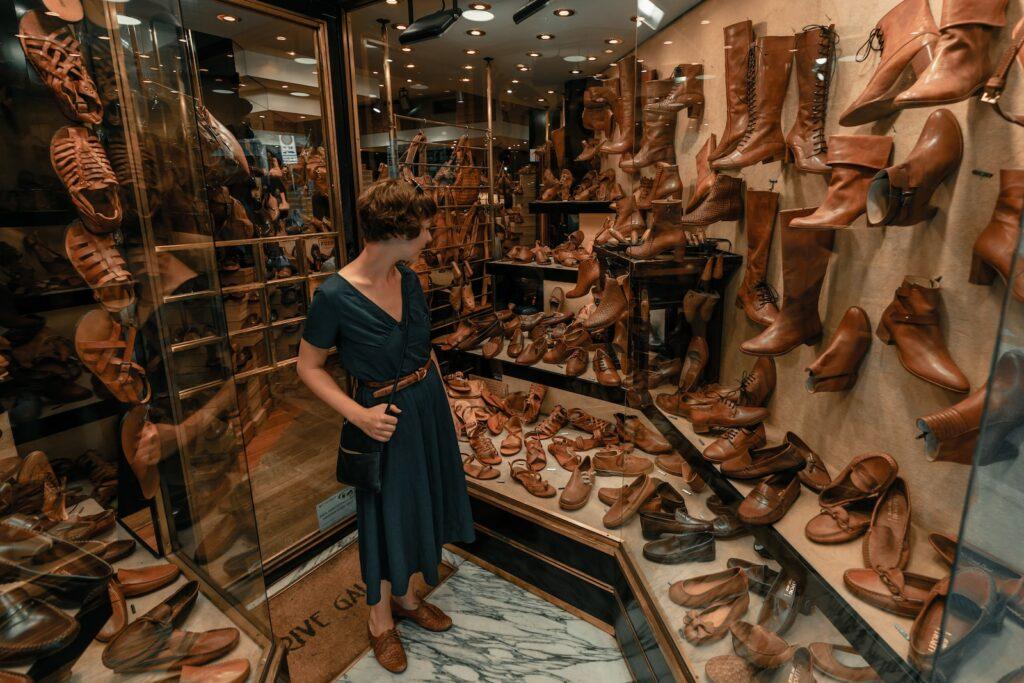

The process refers to the process and factors that influence consumers when making purchasing decisions. There are several different types of consumer buying behavior, including:
1. Complex Buying Behavior. Occurs when consumers are highly involved in the purchase process and spend considerable time researching and evaluating different options. Complex buying behavior is usually associated with expensive, high-risk, or infrequently purchased products.
2. Dissonance-Reducing Buying Behavior. In this type, consumers are involved in a high-involvement purchase but experience post-purchase dissonance or doubts about their decision. They may seek reassurance or gather more information to reduce the dissonance.
3. Habitual Buying Behavior. Refers to low-involvement purchases where consumers have little or no significant brand preference. They often make routine purchases without much thought or research and tend to stick to familiar brands or products.
4. Variety-Seeking Buying Behavior. Consumers exhibit variety-seeking behavior when they have a low involvement in the purchase decision but seek new experiences or alternatives. They may switch brands or try different products to break their routine or satisfy their curiosity.
5. Discontinuous Buying Behavior. This type occurs when consumers face a completely new buying situation. They have no prior experience or knowledge about the product category. Therefore, they must make a significant effort to gather information and evaluate alternatives.
These are generalized categories and can vary depending on the product, consumer demographics, cultural factors, and other individual characteristics. Additionally, consumers may exhibit different types of behavior for different purchases. Essentially based on their level of involvement and familiarity with the product or brand.
Examples of Complex Buying Behavior:


Purchasing a New Car: Buying a new car typically involves a high level of consumer involvement and extensive research. Consumers often consider factors such as price, features, safety ratings, fuel efficiency, brand reputation, and reviews. They may visit multiple dealerships, test drive different models, compare prices. It’s likely they will seek advice from friends or experts as well.
Buying a Home: When purchasing a home, consumers engage in complex buying behavior due to the significant financial investment and long-term commitment involved. They consider factors such as location, size, price, amenities, neighborhood, schools, proximity to workplaces, and resale value. Homebuyers often conduct thorough research, visit multiple properties, consult real estate agents, and assess their financing options.
Selecting a College or University: Choosing a college or university is a complex buying decision for students and their families. Factors such as academic reputation, available programs, campus facilities, location, cost, financial aid, student support services, and alumni network are considered. Prospective students attend college fairs, visit campuses, review rankings and accreditation. They also seek guidance from counselors, and gather information from various sources before making a decision.
Planning a Vacation: Planning a vacation often involves complex buying behavior, especially for destinations that are unfamiliar to the consumer. Factors such as travel costs, accommodation options, local attractions, activities, safety, and travel reviews are considered. Consumers might spend time researching online, reading travel blogs, consulting travel agents, comparing prices. They will be evaluating different itineraries before booking their vacation.
These examples illustrate how consumers engage in complex buying behavior for products or services that require substantial research, consideration of multiple factors, and a high level of involvement in the decision-making process.
Dissonance-reducing Buying Behavior:
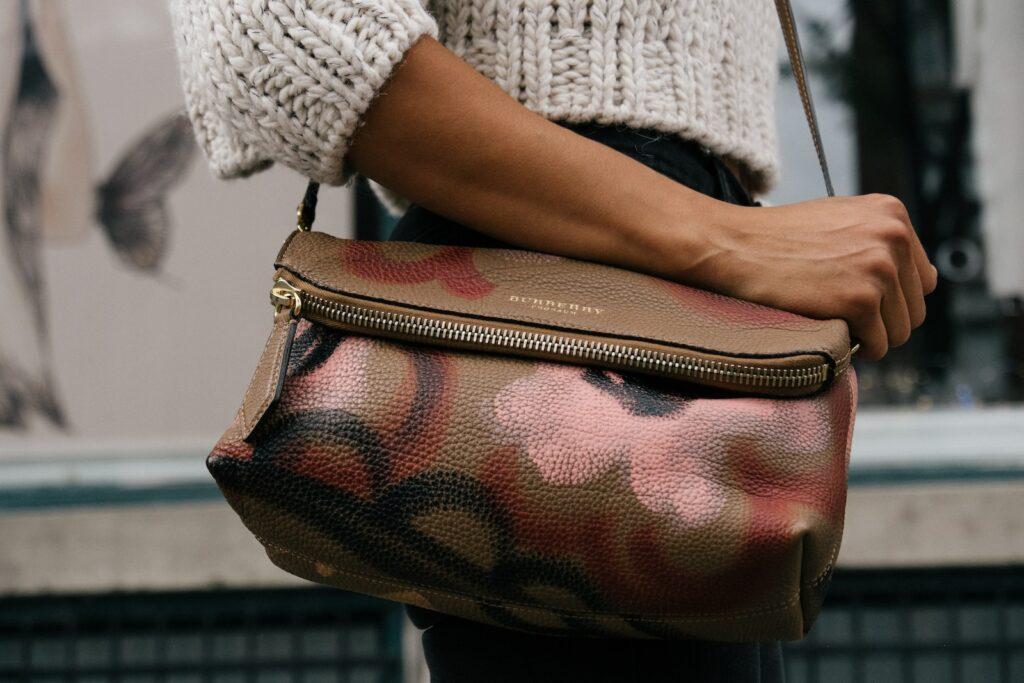

Dissonance-reducing buying behavior occurs when consumers experience post-purchase dissonance or doubts about their decision after making a purchase. They may feel uncertain or anxious that they made the wrong choice. To alleviate these doubts, consumers engage in various behaviors to reduce dissonance. Here are some examples:
- Seeking Reassurance: Consumers may seek reassurance from others to validate their purchase decision. They may discuss their purchase with friends, family, or online communities. Seeking positive feedback or confirmation that they made the right choice.
- Gathering Information: To reduce dissonance, consumers may gather more information about the product or service they purchased. They may read reviews, product specifications. Or seek out additional resources to gain a better understanding of the features, benefits, or performance of the product.
- Comparing Alternatives: Consumers may compare the chosen product or brand with alternative options to reaffirm their decision. Evaluating the features, prices, or benefits of competing products, they convince themselves their choice was the best among available alternatives.
- Focusing on Positive Aspects: Consumers may consciously focus on the positive aspects or benefits of their purchase. Emphasizing the advantages and minimizing any drawbacks. This helps them to reinforce their decision and reduce the dissonance by reaffirming the value they derived from the purchase.
- Avoiding Negative Information: Consumers may actively avoid negative information or criticism about their purchase to maintain a positive outlook. They might ignore negative reviews or opinions that contradict their decision, allowing them to protect their self-esteem and reduce dissonance.
All consumers exhibit dissonance-reducing buying behavior for every purchase. The level of dissonance experienced can vary depending on different factors. Such as the significance of the purchase, the level of involvement, the perceived risk, and individual differences. Some purchases may generate minimal or no dissonance, while others may require more effort to alleviate doubts and reduce dissonance.
Examples of Dissonance-reducing Buying Behavior:
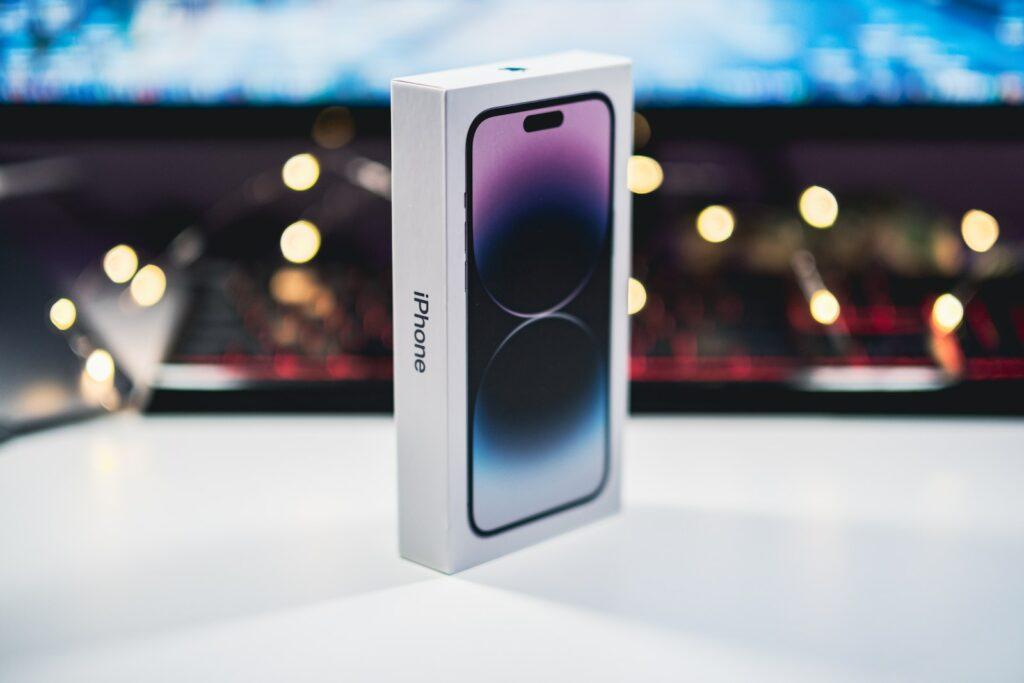

Purchasing a High-End Smartphone: After buying a high-end smartphone, a consumer may seek reassurance by discussing their choice with friends or reading positive reviews online. They might gather more information about the phone’s features, compare it to other models, and focus on the positive aspects. Such as its advanced camera or processing power. All of this, to alleviate any doubts about their purchase decision.
Buying a Designer Handbag: A consumer who recently purchased a designer handbag might engage in dissonance-reducing behavior by avoiding negative reviews or comments about the brand. They may actively seek out positive testimonials or fashion influencers who endorse the brand. Reinforcing their belief that they made a fashionable and valuable purchase.
Buying a New Home Appliance: After placing, a consumer may gather more information about the product, such as its energy efficiency or durability, to reaffirm their decision. They might read positive customer reviews, consult experts or online forums. Comparing the chosen brand with others to ensure they made the best choice.
Booking a Vacation Package: After booking a vacation package, a consumer might engage in dissonance-reducing behavior by seeking positive reviews or testimonials from previous travelers. They may compare the chosen destination and package with alternative options. Emphasizing the unique experiences, attractions, or cost savings they will enjoy. This is to alleviate any doubts about their decision.
Examples of Habitual Buying Behavior
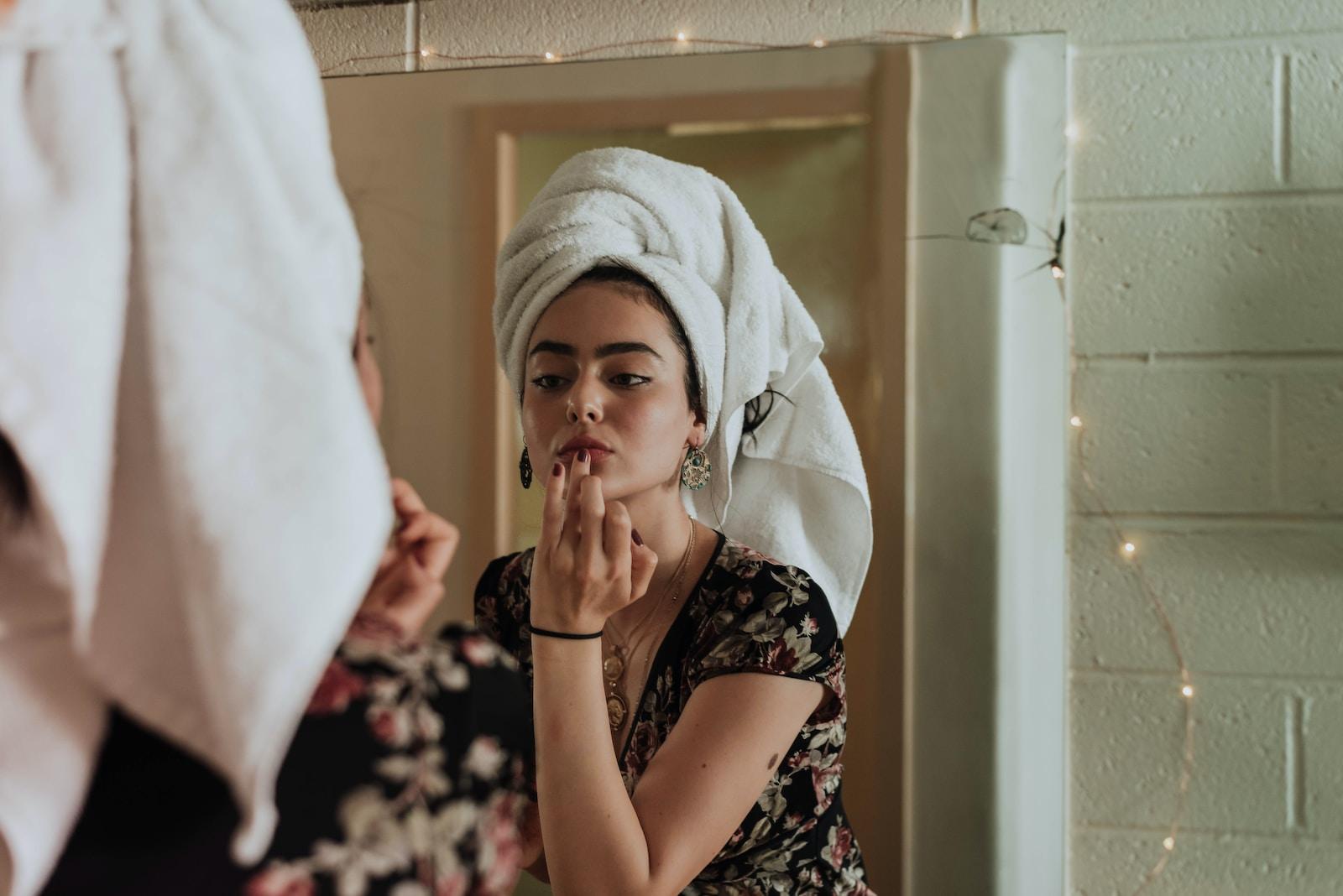

Purchasing Everyday Groceries: When consumers buy everyday groceries such as bread, milk, or eggs, they often exhibit habitual buying behavior. They tend to stick to familiar brands or products, making routine purchases without much thought or research. They may automatically reach for the same brand they have been buying for a long time without actively considering alternatives.
Buying Personal Care Products: Consumers often display habitual buying behavior when purchasing personal care products like toothpaste, shampoo, or deodorant. They tend to stick with the brands they are accustomed to and have used in the past. The decision is typically based on familiarity, convenience, or habit rather than extensive evaluation of alternatives.
Selecting Household Cleaning Supplies: When it comes to household cleaning supplies such as detergent, dish soap, or surface cleaners, consumers often exhibit habitual buying behavior. They tend to buy the same brand they have used previously, considering it reliable and suitable for their needs. The purchase decision is routine and based on habit rather than active consideration of other options.
In these examples, consumers engage in habitual buying behavior for products that are low-involvement and frequently purchased. They rely on familiarity, convenience, and past experiences to make routine purchases. Often without investing significant time or effort in exploring other options.
Examples of Variety-seeking Buying Behavior:


Trying Different Restaurants: Consumers who enjoy variety-seeking behavior when it comes to dining out may actively seek new restaurants and cuisines to try. They are open to exploring different dining experiences and experimenting with various flavors and styles. Many may prioritize novelty and variety in their restaurant choices.
Exploring Fashion and Clothing: Consumers who exhibit variety-seeking behavior in fashion often enjoy trying out different styles, trends, and brands. They may not stick to a specific fashion label or follow a particular fashion trend for an extended period. Instead, they enjoy experimenting with diverse clothing options to keep their wardrobe fresh and exciting.
Seeking New Entertainment Experiences: Consumers with variety-seeking behavior in entertainment seek out new and unique experiences. They may attend different types of events, such as concerts, theater performances, art exhibitions, or festivals. In order to experience a variety of entertainment options and avoid repetitive experiences.
Trying New Flavors and Food Products: Some consumers have a tendency to seek out new and unique food flavors and products. They enjoy trying different snacks, beverages, or international cuisines to expand their culinary experiences and satisfy their curiosity for novel taste sensations.
Exploring Travel Destinations: Consumers who exhibit variety-seeking behavior in travel enjoy exploring diverse destinations. Rather than repeatedly visiting the same vacation spot, they seek out new and different locations, seeking fresh experiences, cultural immersion, and adventure.
These examples illustrate how consumers engage in variety-seeking type of buying behavior by actively pursuing new experiences, exploring different options, and embracing variety in their choices. They enjoy novelty, diversity, and the excitement of trying something new rather than sticking to familiar or predictable options.
Examples of Discontinuous Buying Behavior:
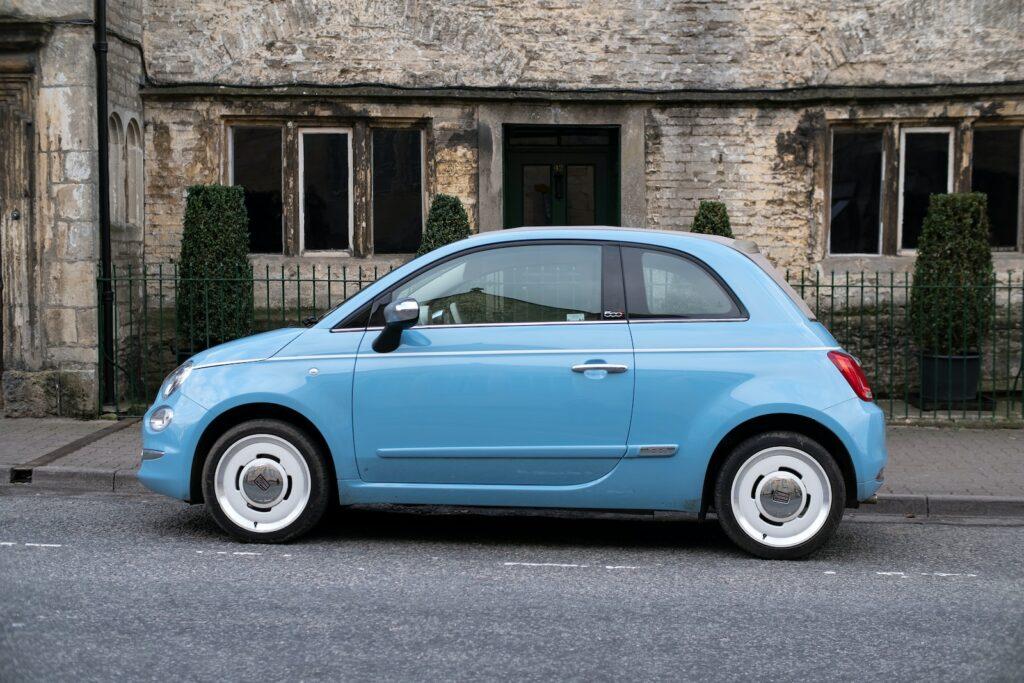

Purchasing a First Car: When individuals are buying their first car, they often face a discontinuous buying situation. They have little or no prior experience with car ownership and need to go through a significant decision-making process. They may conduct extensive research, seek advice from friends or family, compare different models, and evaluate various factors like price, reliability, safety features, and fuel efficiency before making a purchase.
Buying a High-End Home Theater System: Purchasing a high-end home theater system involves a discontinuous buying behavior for many consumers. They may be entering a new product category and have limited knowledge about the technical aspects, specifications, and features of audio and video equipment. Consumers in this situation might invest significant time and effort in understanding the options, consulting experts or reviews, comparing brands, and considering factors like sound quality, connectivity, compatibility, and aesthetics.
Adopting a New Technology: When a new and revolutionary technology emerges, such as virtual reality headsets or smart home systems, consumers may exhibit discontinuous buying behavior. They are entering a completely unfamiliar product category and must invest time and effort to understand the technology, its applications, and its potential benefits. They may attend demonstrations, read industry reports, consult experts, and compare different options before making a purchase.
Transitioning to Renewable Energy Sources: As more consumers consider transitioning to renewable energy sources like solar panels for their homes, they often face a discontinuous buying situation. They may have limited knowledge about solar energy systems, installation processes, financial incentives, and long-term savings. Consumers in this scenario need to educate themselves about solar power, conduct feasibility studies, evaluate installation costs, assess energy savings, and consult with solar energy providers before making a decision.
Starting a Small Business: When individuals decide to start a small business, they encounter a discontinuous buying situation as they need to acquire various resources and equipment. They may need to purchase office furniture, computer systems, software, and specialized machinery, among other items. Consumers in this case might engage in extensive research, seek advice from industry experts, compare suppliers, evaluate costs, and consider factors such as durability, performance, and compatibility with their business needs.
In these examples, consumers face situations where they have limited prior knowledge or experience. So, the purchase decisions require significant research, evaluation, and learning. They must invest more effort to understand the product or service category, assess various options, and make informed choices.
Matching Businesses With the Types of Consumer Buying Behavior:
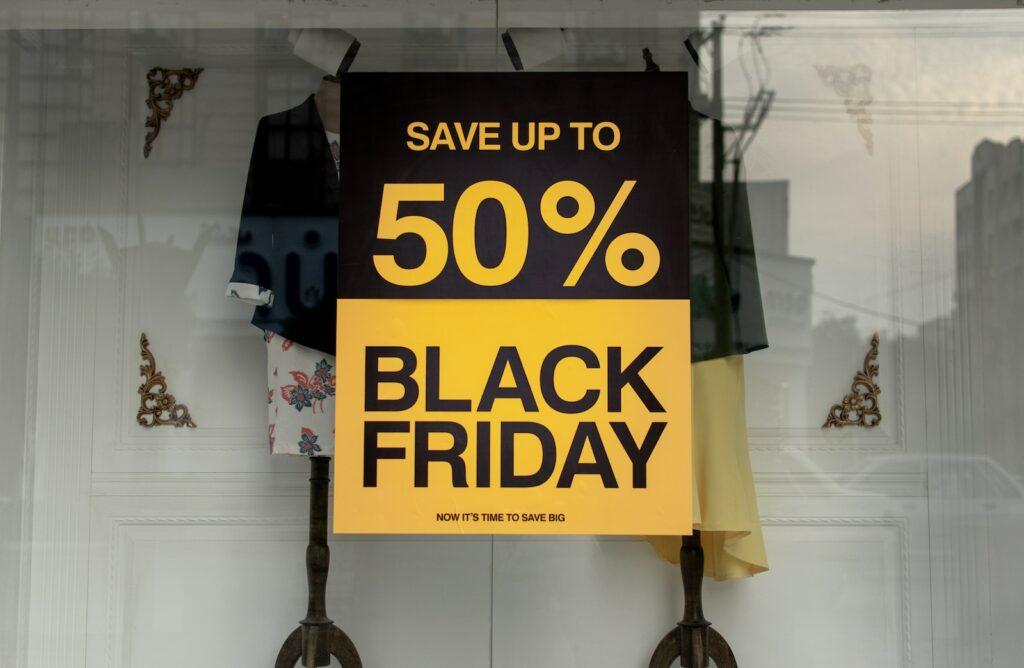

Complex Buying Behavior:
– Real estate agencies: Consumers engaging in complex buying behavior when purchasing a new home or property.
– Luxury car dealerships: Consumers who spend considerable time and effort researching and evaluating different luxury car models before making a purchase.
– High-end electronics retailers: Consumers who are highly involved in the purchase process of expensive electronic devices like televisions or home theater systems.
Dissonance-Reducing Buying Behavior:
– Appliance stores: Consumers who may experience post-purchase doubts when buying large appliances and seek reassurance or gather more information to reduce dissonance.
– High-end fashion retailers: Consumers who invest in designer clothing or accessories and may seek validation or reassurance after making a purchase.
Habitual Buying Behavior:
– Grocery stores: Consumers who make routine purchases of everyday grocery items like bread, milk, or eggs.
– Convenience stores: Consumers who have established habits and preferences for quick and easy purchases of snacks, beverages, or personal care products.
– Subscription-based services: Consumers who sign up for recurring subscriptions like streaming platforms, meal delivery services, or beauty subscription boxes.
Variety-Seeking Buying Behavior:
– Restaurants with diverse menus: Consumers who actively seek new dining experiences and enjoy exploring different cuisines or trying new restaurants.
– Fashion retailers with frequent product turnover: Consumers who are interested in staying on top of the latest fashion trends and enjoy trying out different styles.
– Travel agencies offering unique experiences: Consumers who seek new and exciting travel destinations and experiences, such as adventure travel or cultural immersion.
Discontinuous Buying Behavior:
– Renewable energy providers: Consumers who are considering transitioning to renewable energy sources and need to make a significant decision about installing solar panels or other renewable energy systems.
– Virtual reality technology companies: Consumers who are interested in adopting virtual reality technology but may have limited knowledge and need to understand its applications and benefits.
– Start-up equipment suppliers: Consumers who are starting a new business and require various resources and equipment, such as office furniture, computer systems, or specialized machinery.
Conclusion
Consumer buying behavior is a multifaceted aspect of marketing that plays a pivotal role in shaping the success of businesses. Recognizing and understanding the different types of buying behavior, companies can refine their marketing strategies, tailor their product offerings, and enhance customer experiences. Whether it’s addressing the needs of consumers engaged in complex buying behavior, alleviating post-purchase dissonance, targeting habitual buyers, appealing to variety seekers, or adapting to consumers undergoing a discontinuous buying experience, businesses can better connect with their target audience and foster long-lasting customer relationships.
Continuously monitoring and adapting to changing consumer behaviors, companies can stay competitive in today’s dynamic marketplace and meet the evolving demands and preferences of their customers. Ultimately, a deep understanding of consumer buying behavior empowers businesses to make informed decisions, create impactful marketing campaigns, and deliver exceptional value to consumers.





















Leave a Reply
View Comments